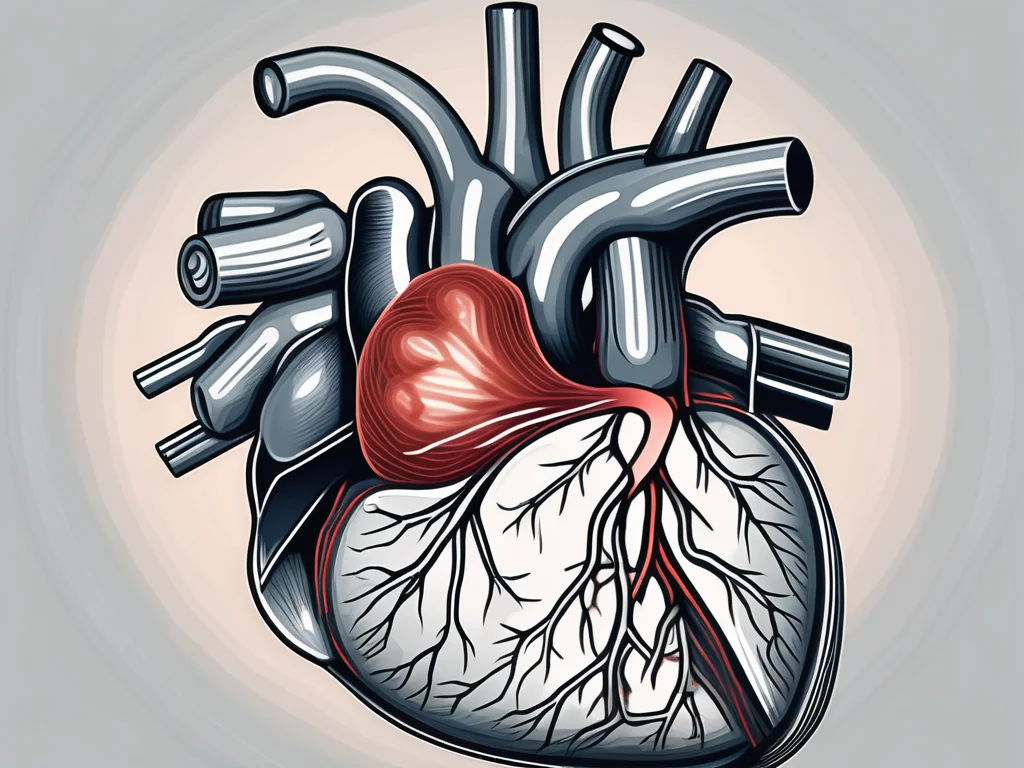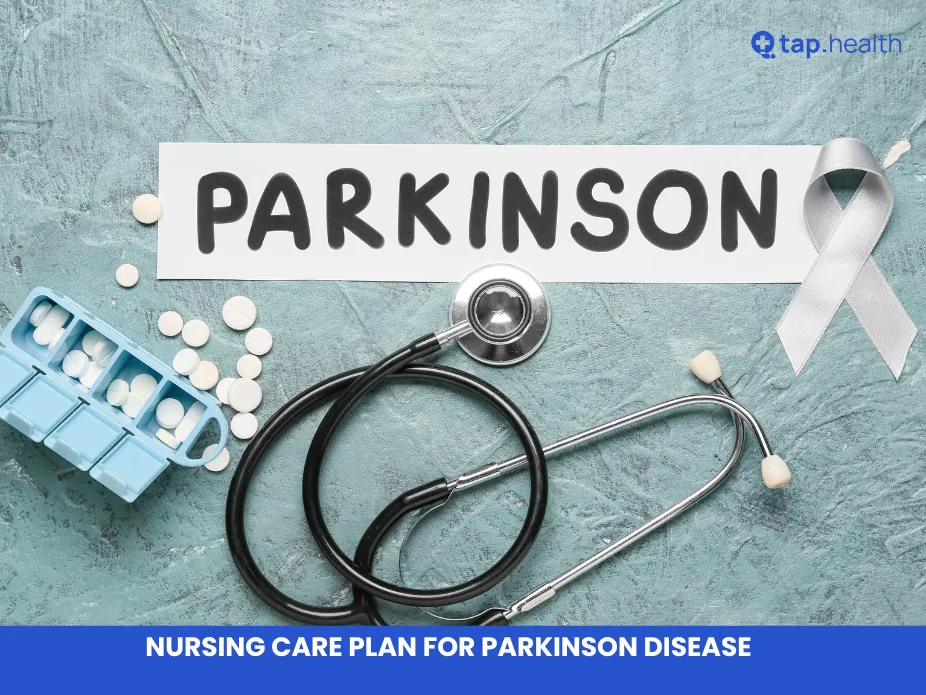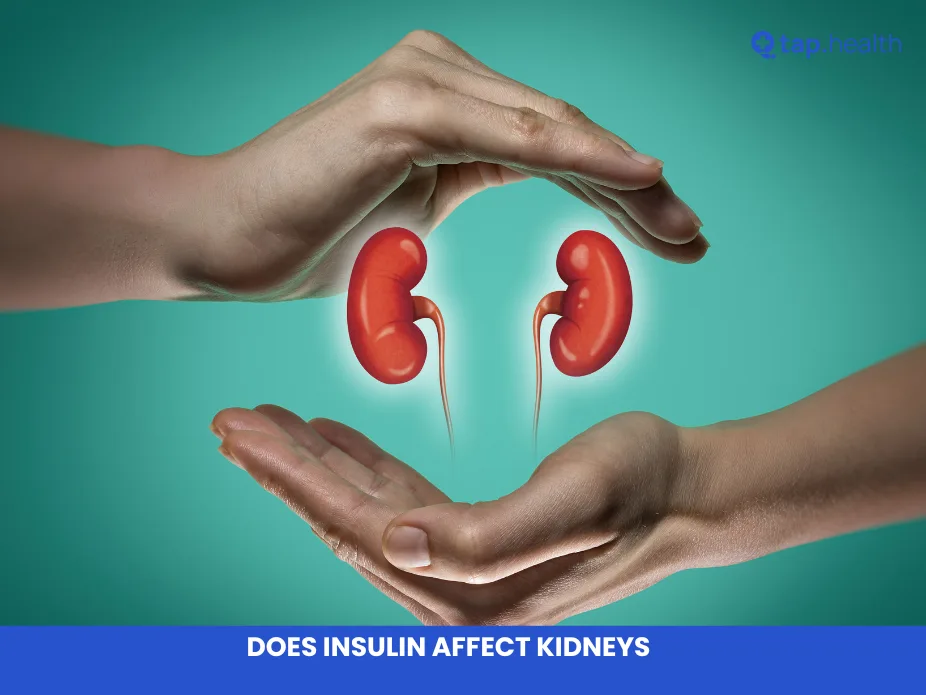The cardiac muscle is a vital component of the heart, driving the circulatory system’s ability to deliver oxygen and nutrients throughout the body. Its unique structure and specialized functions ensure the heart beats rhythmically and efficiently. In this blog, we’ll explore the specific functions of the cardiac muscle, its role in the circulatory system, and how to maintain its health, while addressing related topics like cardiac muscle structure, heart disorders, and lifestyle choices for heart health.
What Is the Cardiac Muscle?
The cardiac muscle, also known as the myocardium, is a specialized type of muscle found only in the heart. It is responsible for the heart’s rhythmic contractions, which pump blood throughout the body. Unlike skeletal muscles, which are under voluntary control, the cardiac muscle operates involuntarily, ensuring continuous blood flow without conscious effort.
Structure of the Cardiac Muscle
The cardiac muscle consists of interconnected cells called cardiomyocytes, linked by intercalated discs. These discs contain gap junctions that allow rapid electrical impulse transmission, enabling synchronized contractions. The muscle is striated, like skeletal muscle, due to sarcomeres—contractile protein units. Its rich blood supply from coronary arteries ensures it receives adequate oxygen and nutrients to function tirelessly.
What Are the Unique Characteristics of the Cardiac Muscle?
The cardiac muscle has several distinct features that set it apart from other muscle types, making it uniquely suited for its role in the heart.
Key Characteristics
- Automaticity: The cardiac muscle can generate its own electrical impulses, driven by the sinoatrial (SA) node, the heart’s natural pacemaker. This ensures a consistent heart rhythm without external neural input.
- Fatigue Resistance: Designed for endurance, the cardiac muscle contracts continuously throughout a person’s lifetime without tiring, unlike skeletal muscles.
- Adaptability: The cardiac muscle can hypertrophy (increase in size) to meet increased physical demands or remodel in response to stress or disease.
- Autonomic Regulation: The autonomic nervous system modulates the cardiac muscle. The sympathetic nervous system increases heart rate and contraction strength, while the parasympathetic system promotes relaxation and slows the heart rate.
What Is the Role of the Cardiac Muscle in Blood Circulation?
The cardiac muscle is the powerhouse of the circulatory system, ensuring blood flows efficiently to deliver oxygen, nutrients, and hormones while removing waste products.
Blood Circulation
The heart, driven by the cardiac muscle, acts as a pump, propelling blood through arteries, veins, and capillaries. Arteries carry oxygenated blood to organs, while veins return deoxygenated blood to the heart for reoxygenation. The cardiac muscle’s contractions maintain unidirectional blood flow, preventing backflow and ensuring efficient circulation.
The Cardiac Cycle
The cardiac cycle, a single heartbeat, consists of two phases:
- Diastole: The heart relaxes, allowing chambers to fill with blood.
- Systole: The cardiac muscle contracts, pumping blood into arteries.
The cycle begins with electrical impulses from the SA node, triggering atrial contraction to fill the ventricles. The ventricles then contract, sending blood into the circulatory system. This coordinated process ensures consistent blood flow to meet the body’s needs.
What Are the Specific Functions of the Cardiac Muscle?
The cardiac muscle performs critical tasks to maintain cardiovascular health and overall body function.
1. Contraction and Relaxation
The primary function of the cardiac muscle is to contract rhythmically, creating the heartbeat. During systole, it contracts to pump blood out of the heart’s chambers. During diastole, it relaxes to allow the chambers to refill. This cycle ensures continuous blood circulation through the body’s blood vessels.
2. Blood Pressure Regulation
The cardiac muscle influences blood pressure by generating the force needed to push blood into arteries. The strength of its contractions, the volume of blood pumped (stroke volume), and the resistance in blood vessels collectively determine arterial pressure. Proper regulation ensures organs receive adequate blood supply.
What Are Common Cardiac Muscle Disorders?
Despite its resilience, the cardiac muscle is vulnerable to disorders that can impair its function and affect overall health.
Common Disorders
- Myocardial Infarction (Heart Attack): Occurs when blood flow to the cardiac muscle is blocked, causing tissue damage.
- Cardiomyopathy: A condition where the heart muscle weakens, reducing its ability to pump blood effectively.
- Arrhythmias: Abnormal heart rhythms caused by disrupted electrical signals, leading to irregular contractions.
Impact of Dysfunction
Cardiac muscle dysfunction can reduce blood flow to vital organs, causing symptoms like shortness of breath, fatigue, and swelling (edema). Severe cases may lead to heart failure, where the heart cannot meet the body’s demands, increasing the risk of complications like stroke or heart attack.
How Can You Maintain a Healthy Cardiac Muscle?
Maintaining a healthy cardiac muscle is essential for long-term cardiovascular health and overall well-being.
Lifestyle Choices
- Regular Exercise: Aerobic activities like walking, running, or swimming strengthen the cardiac muscle, improve circulation, and regulate blood pressure.
- Balanced Diet: A diet rich in fruits, vegetables, whole grains, and lean proteins reduces cardiovascular risk. Limiting saturated fats, cholesterol, and sodium is key.
- Weight Management: Maintaining a healthy weight reduces strain on the cardiac muscle.
- Avoid Smoking: Smoking damages blood vessels and the cardiac muscle, increasing the risk of heart disease.
Medical Interventions
- Medications: Beta-blockers and ACE inhibitors help manage blood pressure and support cardiac function.
- Surgical Options: In severe cases, procedures like coronary artery bypass grafting or heart transplants may be necessary to restore cardiac muscle health.
- Regular Checkups: Routine medical evaluations help detect and address cardiac issues early.
Why Is the Cardiac Muscle Essential for Health?
The cardiac muscle’s ability to contract rhythmically, regulate blood pressure, and adapt to physiological demands makes it indispensable to the circulatory system. Its dysfunction can lead to severe health issues, emphasizing the importance of proactive care. By adopting a heart-healthy lifestyle and seeking timely medical interventions, individuals can support their cardiac muscle and reduce the risk of cardiovascular diseases.
Conclusion
The cardiac muscle is a remarkable organ that powers the heart’s ability to pump blood, ensuring the body receives essential oxygen and nutrients. Its unique structure, automaticity, and fatigue resistance enable it to perform its critical functions without pause. By understanding its role in the circulatory system, recognizing potential disorders, and adopting healthy habits, you can maintain a strong and healthy cardiac muscle. Regular exercise, a balanced diet, and medical care are key to supporting this vital muscle and promoting long-term heart health.



